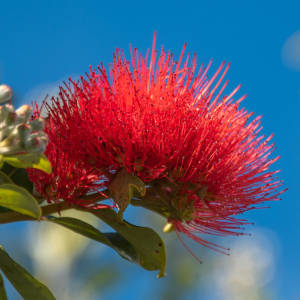Swanning Around
This morning I had my appointment with the physiotherapist. I have done well with the exercises and have more movement in the legs... plus I lost 8k. I was given a list of my last exercises which I can use at another pool. It is sad to say goodbye to the pool as I have enjoyed it.
After the class I took a shot walk at the Travis Wetland Nature Heritage Park. I have shown some shots from there at different times. I was hoping to see some ducklings, cygnets and other babies but I didn't seen any. Even the swans were not there. On the way back to the car I noticed movement in the grass and there were the swans. Last time they had three biggish babies and the ones today were very young. Not sure what happened to the other ones, there is only one pair of swans at the park.
I didn't get too close to them as I didn't want to get chased and have to move fast to get away. I stood still and they didn't seem to worry about me being there. Then they moved off into the lake.
My middle shot is of the lake and you will notice the sky is rather strange... snow is expected to 300m on the hills later today. The day started of sunny then clouded over and then became windy.
I put up a back blip for Sunday also today if you want to see more photos of Akaroa.
I hope this collage is Ok for tiny Tuesday seeing it has tiny cygnets in it!
About the Travis Wetlands
Travis Wetland is located in north-east Christchurch, close to sea-level, and is typical of pre-European Christchurch and Canterbury plains swamp lands.
1600 years ago it was an estuary similar to the Avon/Heathcote Estuary of today. A sandbar gradually shut out the sea, decreasing salinity and allowing wetland plants to take over from saltmarsh species.
Travis is the largest wetland in Christchurch with an area of 56.5 hectares, and is unique in the fact that it is situated in an urban area. Bounded by Mairehau, Frosts, and Travis Roads, this area is Christchurch’s last major piece of freshwater wetland. When you consider that Christchurch was built from a swamp, these remaining wetlands become a very important part of our history and heritage.
Travis Wetlands were one of the mahinga kai (traditional resource gathering areas) and used by Waitaha from about 900AD, Kati Mamoe from about 1600, and by Ngai Tahu from about 1650. Queen Elizabeth II Park now occupies the land (known as Oruapaeroa) that was the residential area for the families of Ngai Tahu who harvested these wetlands. Eel, fish, kereru, raupo seeds, and other wildlife were in abundant supply. Harakeke was used for weaving baskets, clothing, and roofing, and raupo was used for thatch. In the mid 19th century the whare of Oruapaeroa were still standing but were burnt down in 1862 when a European settler gained crown grant of the land. Māori had requested that this ancient pa site be excluded when Kemp's Purchase of 1848 was drawn up, but this did not happen.
Only a decade ago, these wetlands were grazed by cattle and looked like becoming yet another housing development. The Travis Wetland Trust lobbied the Christchurch City Council to step in and buy the land which they did in 1996.
For more information on the Wetlands

Comments
Sign in or get an account to comment.


